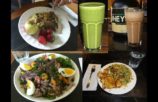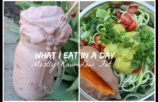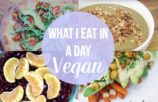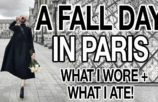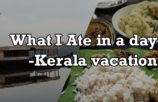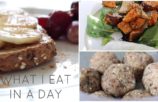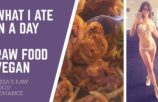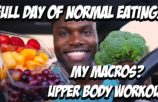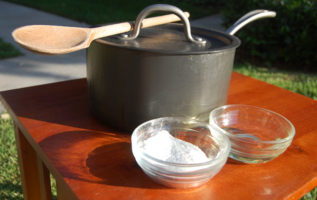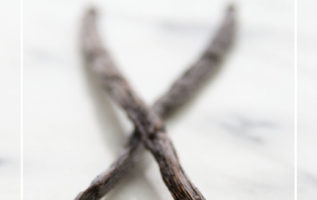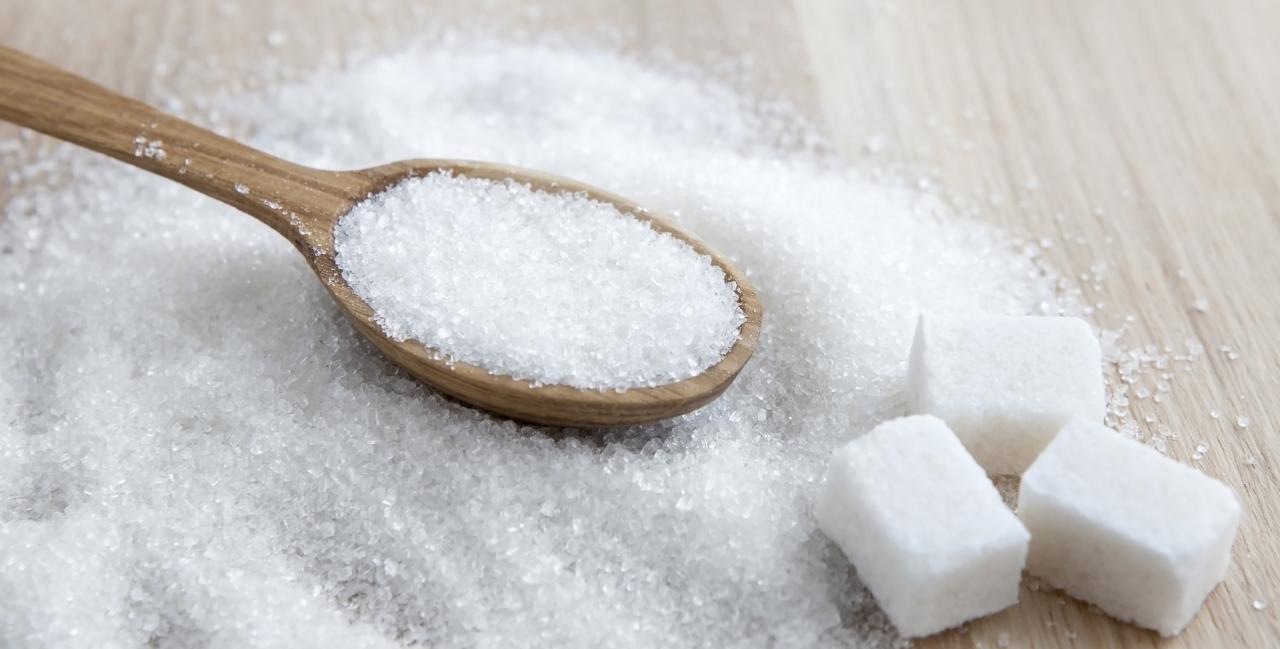
These days, sugar is widely available in many forms and can be found in a lot of the foods we eat. However, this substance was once rare and expensive, referred to as “white gold.” Humans and other animals are biologically predisposed to enjoy its sweet taste, an indicator of a food’s high energy content and safety to consume. And, of course, dessert wouldn’t be dessert without the creation of refined sugars!
TYPES OF SUGAR
Granulated/White/Table Sugar: This is the most commonly used sugar in baking. It has a medium, uniform crystal size that makes it suited to a wide variety of applications. Organic, less processed varieties are available. Organic sugar (sometimes called “raw cane juice” or “evaporated cane juice”) is light brown in color and can typically be substituted 1:1 in baking.
Turbinado/Demerara Sugar: These two sugars are very similar and are the closest you can get to “raw” sugar. Their coarse crystals are light brown in color and have a caramel flavor.
Brown Sugar: The brown sugars available to us are typically refined white sugar with some of the molasses that was removed during processing added back in. Light brown sugar contains about 3.5% molasses, while dark brown sugar has 6.5% molasses. Brown sugar retains more moisture and has a stronger flavor than granulated sugar. Brown sugar can be substituted for white sugar, but the texture and flavor will be altered.
Caster/Superfine Sugar: Caster sugar is essentially granulated sugar processed into fine crystals. You can make it yourself by running regular white sugar through a food processor for a minute or two. The fine crystallization of caster sugar makes it dissolve easily in liquids, helping to produce lighter, more tender cakes.
Confectioners’/Powdered/Icing Sugar: Confectioners’ sugar is made by grinding granulated sugar through fine screens. Unlike caster sugar, confectioners’ sugar cannot be replicated at home. Cornstarch (or tapioca starch) is frequently added to powdered sugar to absorb moisture and prevent lumps. This sugar is primarily used in frostings, icings, and glazes, and for sprinkling on top of finished baked goods. It is also used in certain baked goods, such as shortbread cookies and macarons.
Sanding Sugar: These large, coarse sugar crystals are used for decorating baked goods. It does not dissolve easily and is clear white in color, though you can purchase or make colored sanding sugars.
Pearl Sugar: Like sanding sugar, pearl sugar is used for decorative purposes. It is made by polishing large sugar crystals until they resemble white pearls.
MEASURING SUGAR
The most accurate way to measure sugar is by weight:
Granulated Sugar: 1 cup = 200 grams = 7 ounces
Caster Sugar: 1 cup = 200 grams = 7 ounces
Light Brown Sugar: 1 cup = 215 grams = 7½ ounces
Dark Brown Sugar: 1 cup = 230 grams = 8 ounces
Confectioners’ Sugar: 1 cup = 120 grams = 4½ ounces
To measure by volume, employ different techniques for different sugars.
For granulated sugar, use the “scoop and sweep” method. Simply scoop the sugar into your measuring cup and level the top with the back of a knife.
Always pack brown sugar firmly into your dry measuring cup with the palm of your hand, then level with the back of a knife.
Confectioners’ sugar should be measure like flour, by lightly spooning it into a measuring cup, then leveling with the back of a knife.
Because the sugars with larger crystals aren’t often used in high quantities (typically a few tablespoons at a time), use the “scoop and sweep” method for them.
WHAT’S IN SUGAR?
Sugar molecules are made from carbon, hydrogen and oxygen atoms. Sugars are either “simple” (monosaccharides) or “complex” (disaccharides). Glucose and fructose are naturally occurring monosaccharides found in fruit and honey, for example. Sucrose, the type of sugar we use in baking, is composed of one glucose molecule and one fructose molecule. Sucrose is created in plants in the process of photosynthesis.
HOW SUGAR IS MADE
The crystallized sugar we use in baking comes from either sugarcane or sugar beets, which contain a high concentration of sucrose. To make the sugars we know and love, these plants go through elaborate processing. First, the sugarcane or beets are cut or shredded, cleaned, then crushed to extract the juices. The raw juice contains unwanted particles and impurities, so the juice is clarified with a lime-water solution, then placed in tanks that separate the sludge from the pure juice.
The clarified juice, a thick syrup at this point, is boiled in steam evaporators, then crystallized in vacuum pans. A thick brown sugar paste is created in this process. It is transferred to a centrifuge, which spins rapidly to separate the crystals from the liquid—molasses. “Raw sugar” is left, but there are still impurities in the crystals that must be removed for the sugar to be FDA approved. The crystals are washed to remove these impurities and turbinado sugar is the end product. It can be sold, or further processed.
To create granulated sugar and its derivative sugars, the turbinado sugar is heated, liquefied, spun in the centrifuge again, and put through a charcoal filter. (Organic, vegan sugar is not put through the charcoal filter because the charcoal is often made from animal bone char.) Bleach may be used to remove any color. It is then put back into the vacuum pans to recrystallize and form the final product. For brown sugar, some of the molasses previously removed is added back to the granulated sugar.
MAKESHIFT BROWN SUGAR
You can make your own brown sugar if you have granulated sugar and molasses in the house. Just add 1 tablespoon of molasses for every 1 cup of granulated sugar for light brown sugar, and 2 tablespoons per cup for dark brown sugar. Mix thoroughly. Make sure to seal it up really tight so it doesn’t harden!
Source: siftandwhisk.com (defunct blog)


